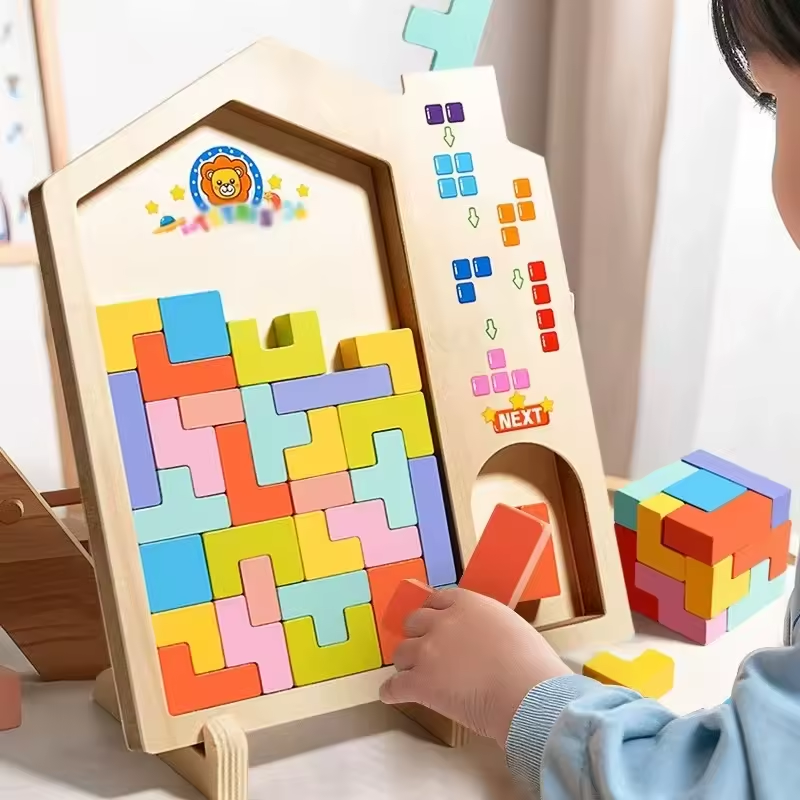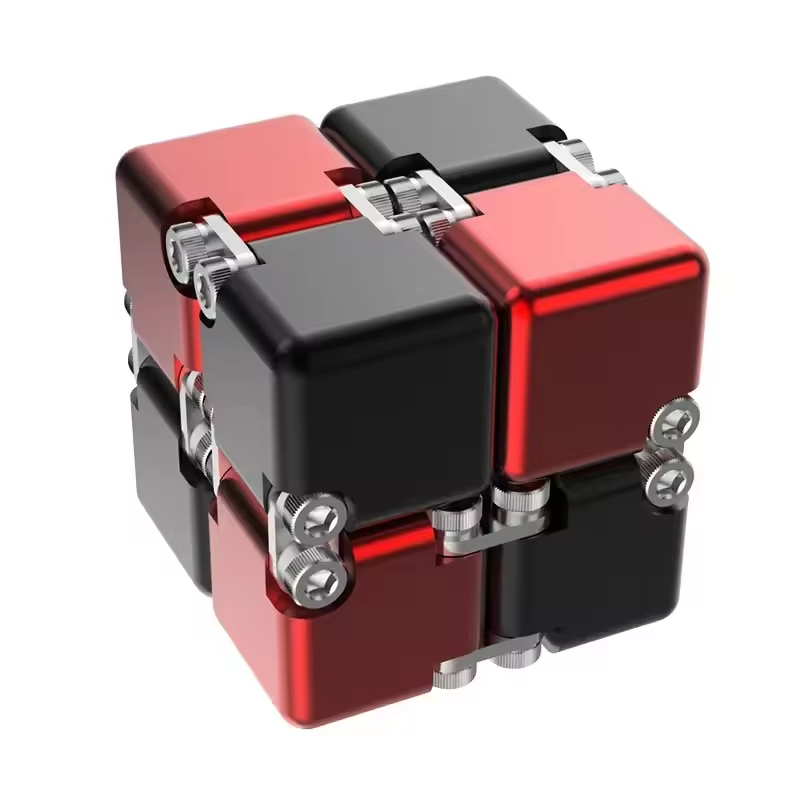Trouble, a classic board game enjoyed by generations, offers a perfect blend of luck and strategy for family game nights. While seemingly simple at first glance, understanding the rules is crucial for ensuring a smooth and enjoyable game. This guide will walk you through Trouble’s core mechanics, from setup to gameplay, empowering you to confidently lead your game pieces to victory. So, gather your family and friends, dust off the Trouble board, and get ready to master the rules for hours of laughter and exciting competition!
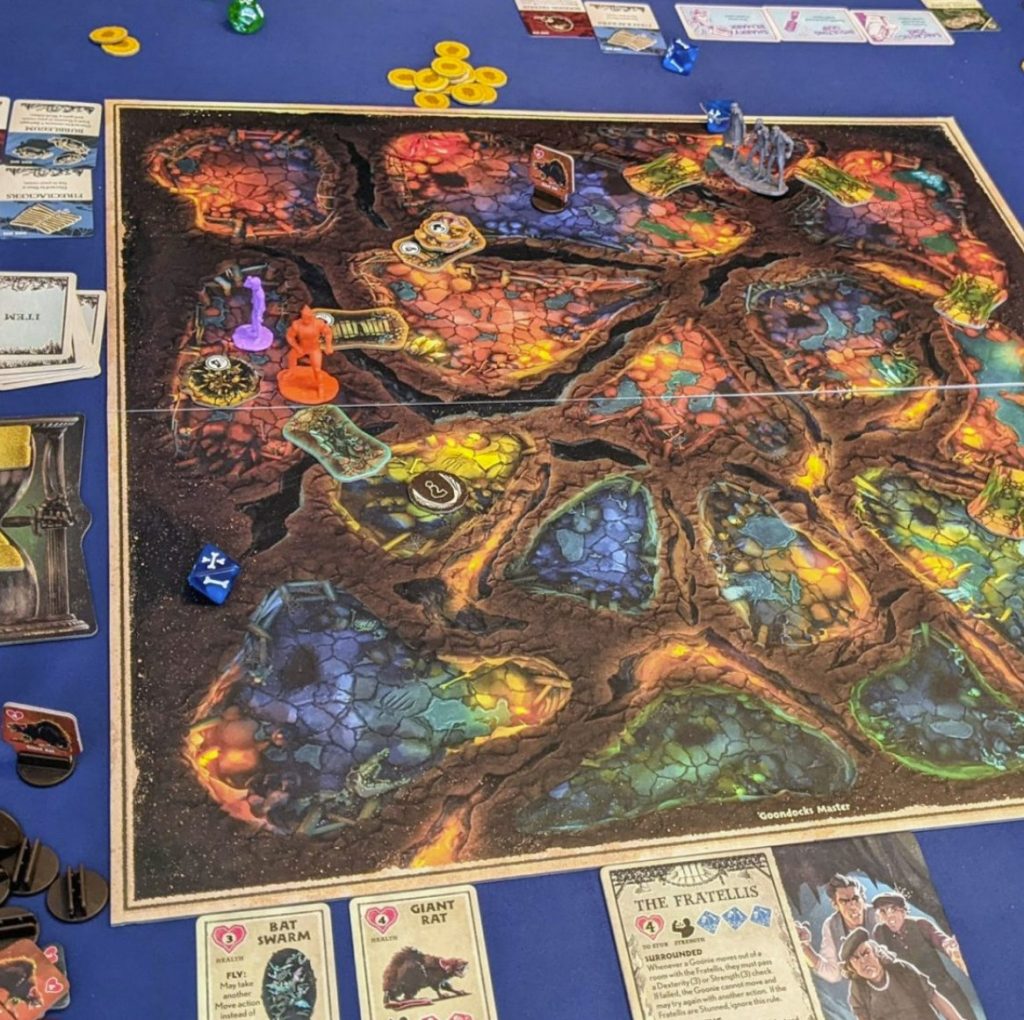
Part 1: Getting Started: Setting Up the Board and Game Pieces
1. Prepare the Board and Dice Roller:
Unfold the Trouble game board and place it on a flat surface. Locate the “Pop-O-Matic” dice roller, a central feature on the board. Ensure the pop-up bubble sits flush within the housing. This bubble is how you’ll roll the dice in Trouble.
2. Choose Your Pawns and Home Zones:
Trouble comes with four sets of four colored pawns (typically red, yellow, blue, and green). Each player chooses a color and places their four pawns in the designated “Home” zone on the board corresponding to their chosen color. These Home zones are the starting areas located at the corners of the board.
Part 2: Taking Turns and Rolling the Dice
1. Determining the First Player:
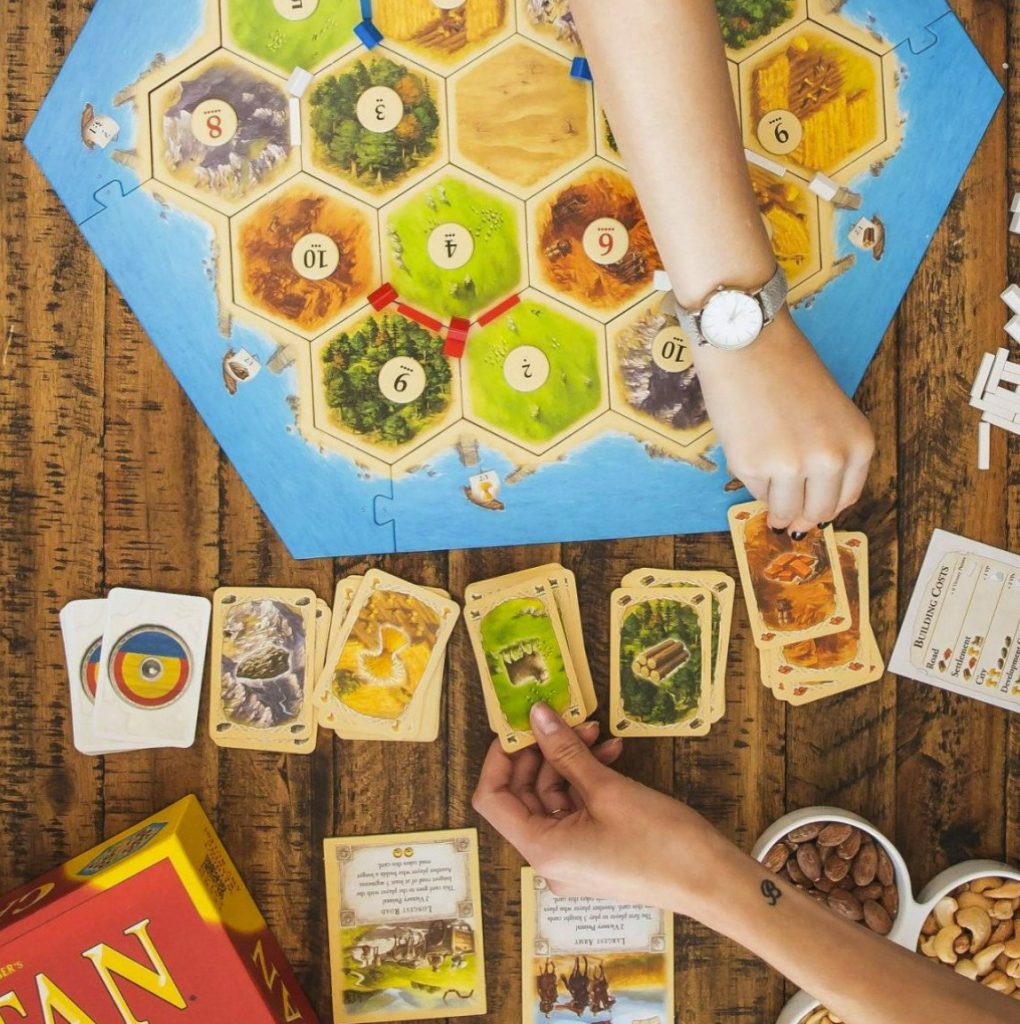
To determine the starting player, there are various common methods that can be employed. One method involves rolling a dice, with the player obtaining the highest number being granted the privilege of starting the game. Another popular method is to engage in a quick round of rock-paper-scissors; the victor becomes the first player. Additionally, players can opt for a straightforward approach by selecting the starting player based on age, either from youngest to oldest or vice versa. These methods add an element of anticipation and anticipation to the game’s outset, setting the stage for the subsequent gameplay. Each method presents an opportunity for lighthearted interaction, strategic decision-making, and friendly competition among players. They eagerly await the outcome that will determine the initial player. This initial decision sets the tone for the game. It sparks excitement and sets the stage for the adventure that lies ahead.
2. Rolling the Dice with the Pop-O-Matic:
On your turn, firmly press down on the Pop-O-Matic bubble. This will cause a die to be ejected, displaying the number of spaces you can move your pawn.
3. Moving Around the Board:
If you roll a six, you can either:
Enter the Game: If none of your pawns are yet on the playing track (the outer circular path), you can move one of your pawns from your Home zone onto the starting space of your color. Move a Pawn Already in Play: If you have pawns already on the board, you can move any of them by the number of spaces indicated by the dice roll. Pawns can move in any direction around the track.
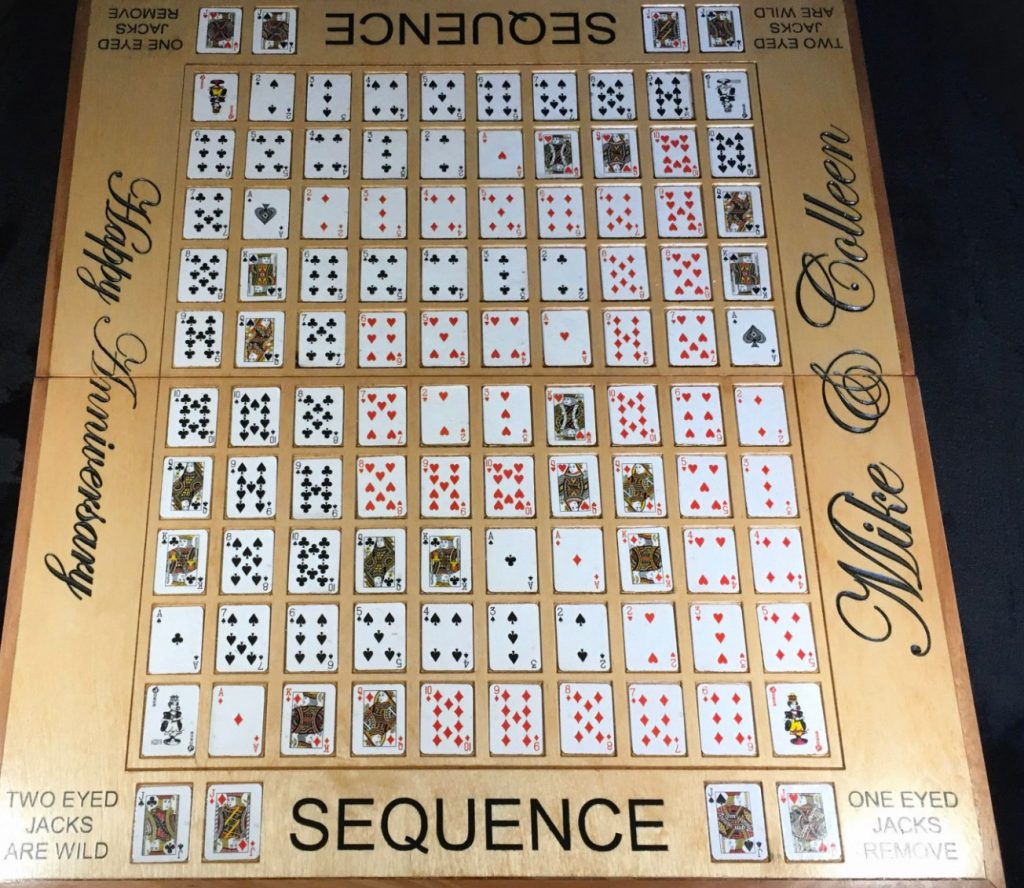
4. Important Note: Landing on a Space Occupied by Another Pawn
When you land on a space that is already occupied by another player’s pawn, a specific game rule comes into play. In such an instance, you have the ability to send that pawn back to its starting space located within its Home zone. However, this particular aspect of the game introduces a strategic element that players must consider. If the pawn you land on happens to belong to the same player you just sent back, your pawn will simply bounce off and not proceed to occupy that space. This element of the game presents players with an opportunity to make tactical decisions. They can strategically position their pawns to avoid being offset by their opponents. This specific rule adds an extra layer of complexity and planning. It requires players to carefully consider their moves and anticipate potential interactions with other players’ pawns during the game.
Part 3: Double Trouble and Reaching the Finish Line
1. The Power of Double Trouble:
Rolling a double (two of the same number) on the Pop-O-Matic earns you a bonus! You get to roll the dice again and move your pawn the indicated number of spaces, essentially taking two turns in a row. However, keep in mind that rolling a double three times consecutively will result in sending your pawn back to its Home zone.
2. Entering the Finish Line:

Upon reaching the final stretch of your colored path leading to the Finish zone, there is a slight change in the rules for the game. At this stage, you are required to roll the exact number needed to land on one of the spaces within your Finish zone. This alteration in the rules introduces an additional layer of suspense and complexity to the game. It necessitates strategic planning and calculated moves in the final leg of the race. Players must carefully consider their options and make tactical decisions to navigate this challenging phase of the game. With victory within reach, the heightened tension and strategic gameplay in this stage make the conclusion of the game even more thrilling and engaging for all participants. This alteration in the gameplay rules adds excitement. It requires players to employ skillful tactics as they vie for victory at the culmination of the game.
Part 4: Winning the Game and Adding a Twist (Optional)
1. The First Player to Finish Wins!
The first player to successfully move all four of their pawns completely around the board and into their Finish zone wins the game! Once all four pawns are safely within the Finish zone, the game officially ends.
2. Adding a Twist: Playing with Pawns in the Finish Zone

While not an official rule, some families enjoy adding a bit more complexity by allowing pawns within the Finish zone to move around those spaces. This can create exciting situations where players can potentially “bump” other pawns out of the Finish zone, delaying their progress. Discuss this rule variation with your fellow players before starting the game to ensure everyone agrees.
In conclusion, Trouble is a simple yet engaging board game that offers hours of fun for families and friends. By understanding the core rules outlined above, you’ll be well-equipped to navigate the board, strategically move your pawns, and potentially emerge victorious. So, gather your loved ones, roll the dice with the Pop-O-Matic, and get ready to experience the thrill of Trouble! Keep in mind, friendly competition and laughter guarantee a memorable game night.
